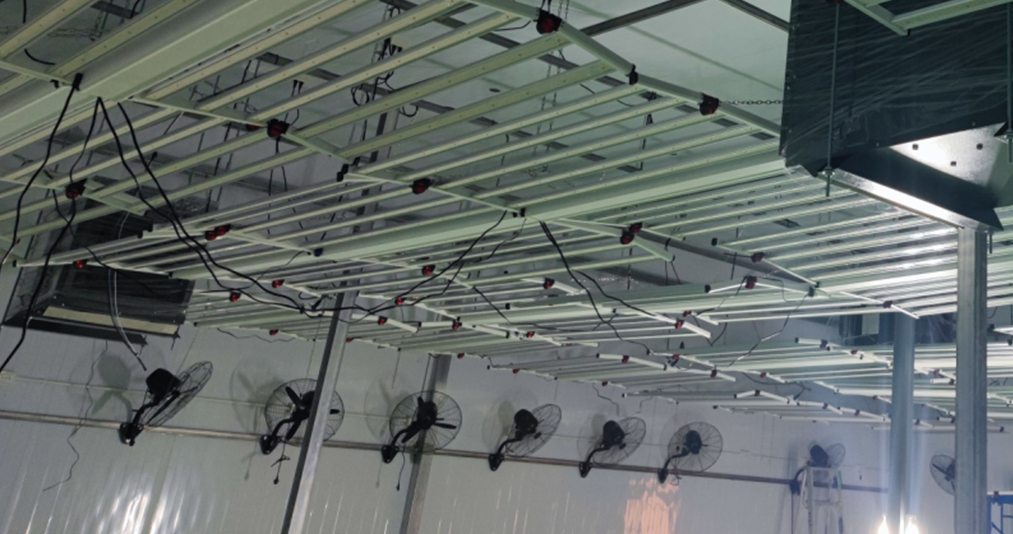Knowledge of LED Plant lights
2021-08-19
Knowledge of LED Plant lights:
1. Different wavelengths of light have different effects on plant photosynthesis. The wavelength of light needed for plant photosynthesis is about 400-700nm. Light at 400-500nm (blue) and 610-720nm (red) contributed the most to photosynthesis.
2, blue (470nm) and red (630nm) LED, just can provide the light needed by the plants, therefore, LED plant lights, the ideal choice is to use these two color combination. Visually, the combination of red and blue plant lights is pink.
3, blue light can promote the growth of green leaves; Red light AIDS in flowering and fruiting and prolongs flowering.
4. The red and blue LED ratio of LED plant lamp is generally between 3:1 and 9:1, usually 4-7:1 is optional.
5. When using plant lamps to fill the light of plants, the height of the plant is generally about 0.5 meters away from the leaves, and the sun can be completely replaced by continuous exposure for 12-16 hours a day.
Proportionally set colored lights can make strawberries and tomatoes sweeter and more nutritious. Lighting Holly seedlings mimics the photosynthesis of plants outdoors. Photosynthesis is the process by which green plants use light energy, through chloroplasts, to convert carbon dioxide and water into energy-storing organic matter and release oxygen. Sunlight is made up of different colors of light, different colors of light can produce different effects on plant growth.
LED light source also known as semiconductor light source, this light source wavelength is relatively narrow, can control the color of light. By irradiating plants individually with it, plant varieties can be improved.







